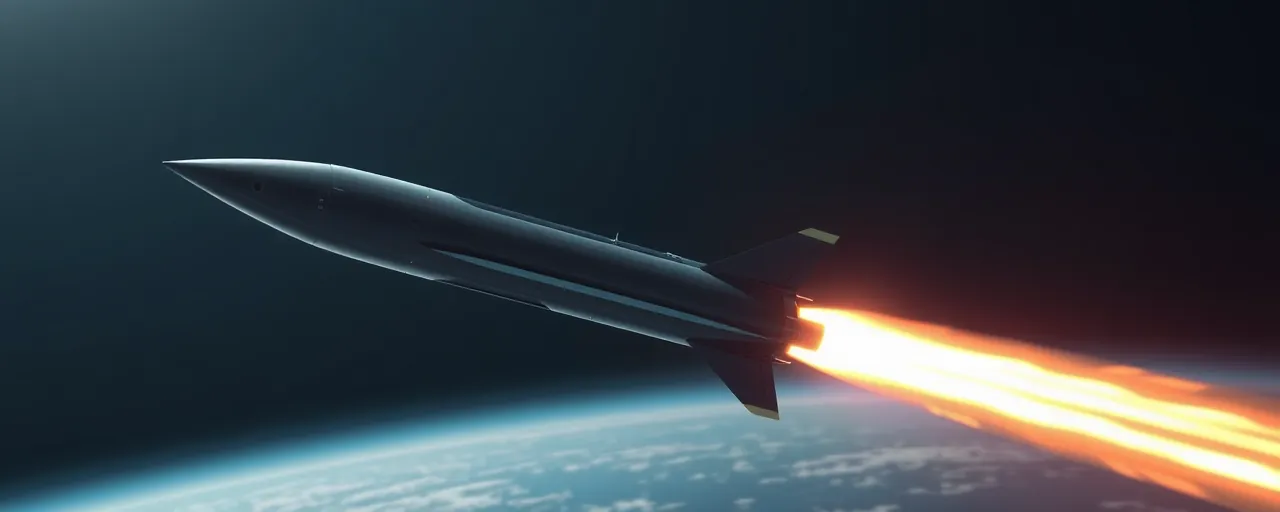A New Shield for a New Era
Missile technology advances at a relentless pace, reshaping global security. On May 20, 2025, President Donald Trump announced the Golden Dome, a plan to protect the United States from aerial threats like ballistic, hypersonic, and cruise missiles. Inspired by Israel’s Iron Dome but far grander in scope, this initiative aims to create a robust defense network. It responds to a world where adversaries deploy increasingly sophisticated weapons, some capable of nuclear strikes.
The Department of Defense, charged with executing this vision, envisions Golden Dome as a comprehensive system. It combines existing technologies, such as ground-based interceptors, with innovative space-based sensors and interceptors. The ambition is clear: shield the homeland from threats that have grown more complex over the past four decades. Questions linger, however, about the plan’s cost, technical feasibility, and its effects on international relations.
How Golden Dome Takes Shape
Golden Dome weaves together defenses across land, sea, air, and space. The Pentagon’s blueprint highlights space-based elements, including sensors to detect missile launches and interceptors to stop threats early. These complement systems like Ground-Based Midcourse Defense, Aegis Ashore, and THAAD, which target missiles in later flight stages. The rollout will prioritize high-risk areas, with a target operational date of January 2028.
Coordination is key, involving commands like NORAD, USNORTHCOM, and USSPACECOM. General Michael Guetlein, leading the effort, must unify advanced radars, sensors, and command systems. Defense contractors and commercial firms are competing to develop these technologies, navigating a complex web of innovation and integration to build a seamless defense shield.
Counting the Costs
Financing Golden Dome presents a formidable challenge. The plan starts with $25 billion for Fiscal Year 2026, with estimates reaching $175 billion over three years. The Congressional Budget Office projects the space-based portion could cost $542 billion over two decades. The Pentagon is collaborating with Congress on a reconciliation bill to secure funds, all within a constrained $850 billion 2025 defense budget shaped by the Fiscal Responsibility Act.
Some lawmakers argue the investment is essential to counter growing missile threats and deter aggression. Others caution that the hefty price could divert resources from priorities like personnel pay or conventional force modernization. The discussion centers on whether Golden Dome’s protective promise justifies its significant financial commitment.
Ripples Across the Globe
Missile technology isn’t just a U.S. concern. Countries like China and Russia deploy advanced hypersonic and precision-guided weapons, while dual-use technologies spread through the global NewSpace sector. Golden Dome seeks to neutralize these threats, but some analysts warn it might heighten tensions. Adversaries could counter with warheads designed to evade space-based interceptors, potentially fueling an arms race.
Advocates for arms control stress the value of diplomacy and nonproliferation to maintain stability. They note that existing missile defense systems, funded at $10.4 billion in 2025, face resource shortages. The growing militarization of space, including U.S. Space Force satellite launches and global anti-satellite capabilities, also raises concerns about compliance with treaties like the Outer Space Treaty. Golden Dome’s space emphasis thus balances defense needs against risks of escalation.
Perspectives in the Spotlight
Reactions to Golden Dome vary widely. Lawmakers prioritizing strong defense budgets view it as a critical deterrent, arguing that advanced defenses bolster alliances like AUKUS and project strength in regions like the Indo-Pacific. Those focused on arms control, however, question the reliability of untested technologies and advocate for diplomatic efforts to limit missile proliferation, citing the plan’s high costs and strategic risks.
The Road Forward
Golden Dome marks a defining shift in U.S. defense strategy. Its vision of a multi-layered shield underscores a commitment to homeland security amid rapid technological change. Success hinges on overcoming technical challenges, securing consistent funding, and managing global perceptions.
The nation faces tough choices. Will Golden Dome deliver reliable protection without destabilizing international security? These questions will influence U.S. policy and global dynamics for decades. The Pentagon’s next steps will be closely watched as it balances ambition with practicality.
For now, Golden Dome advances, embodying bold aspirations and complex realities. Its development will test the nation’s ability to innovate, fund, and navigate a world where security demands both strength and careful diplomacy.
